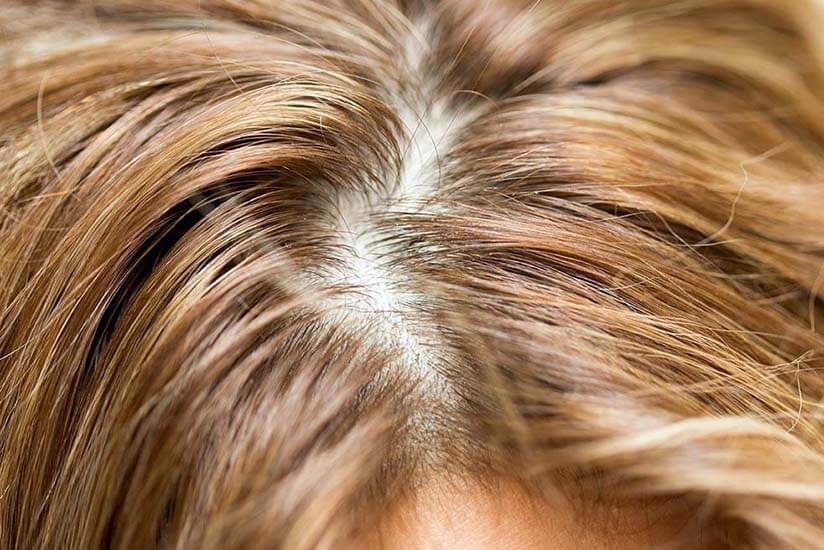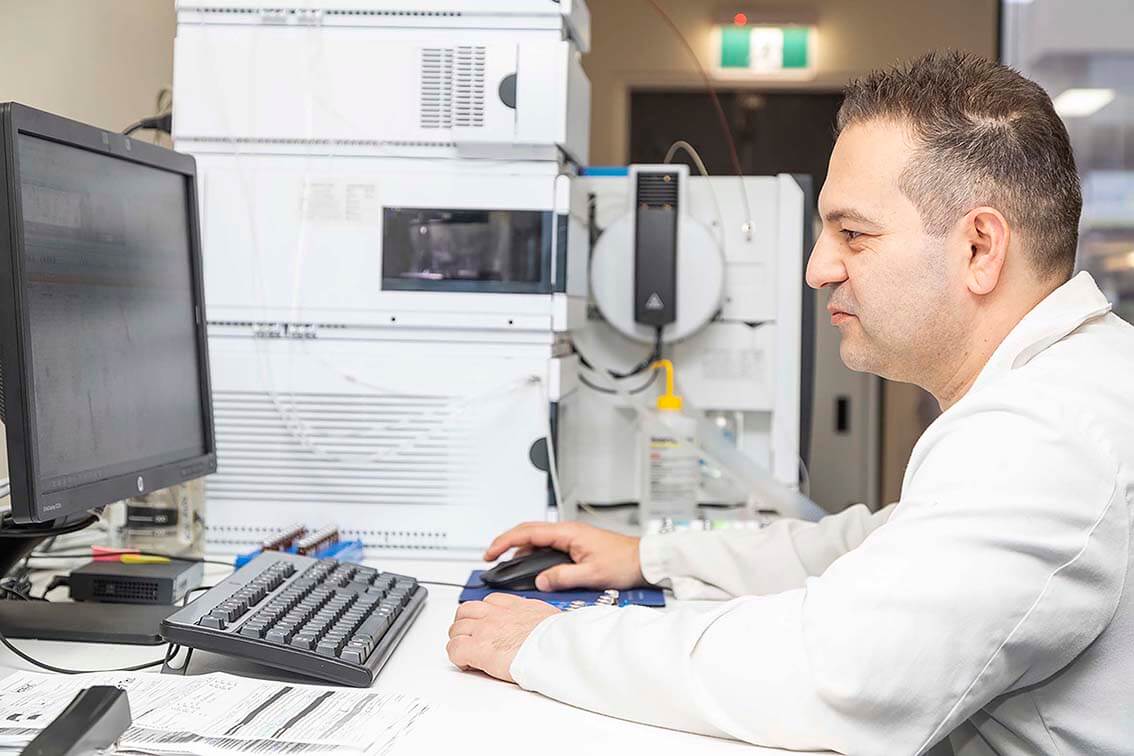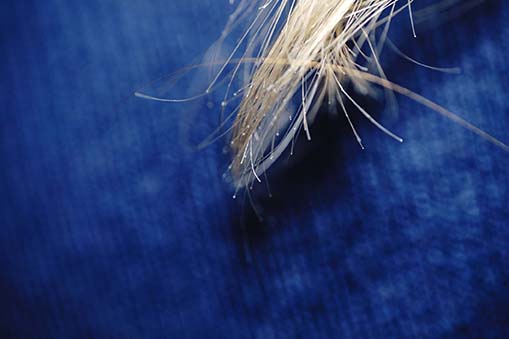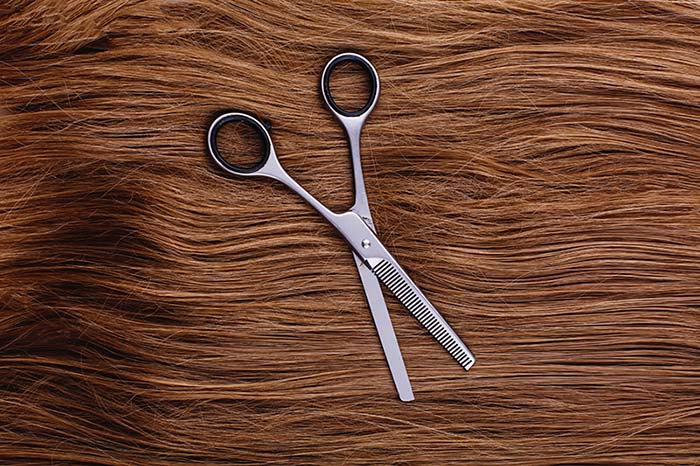How Are Hair Samples Collected
During testing, technicians will cut a lock of hair of around 200mg from the vertex of the scalp, which is the area at the back of the donor’s head. The amount of hair samples taken is equivalent to the size and thickness of a small pencil. We routinely collect the lock of hair close to the scalp.
If there is no or insufficient scalp hair (i.e., the hair length is ≲ 1 cm) beard hair can be used but it is not possible to accurately determine the time period covered by such a sample because beard growth is highly variable between men.
Safework Health does not recommend using, nor does it analyse body hair, as drug uptake rates are variable, location-dependent and the rate of growth of body hair is poorly understood.
Hair grows at a rate of roughly 3.8 cm every 3 months so the length of a hair sample determines the time-span that can be examined. If the hair is long, we can perform a segmental analysis – cutting the hair into monthly segments (around ~ 1 cm) – to get a progressive picture of the donor’s drug use.
Chain of custody procedures are undertaken to ensure the results will withstand examination in a court if required.







